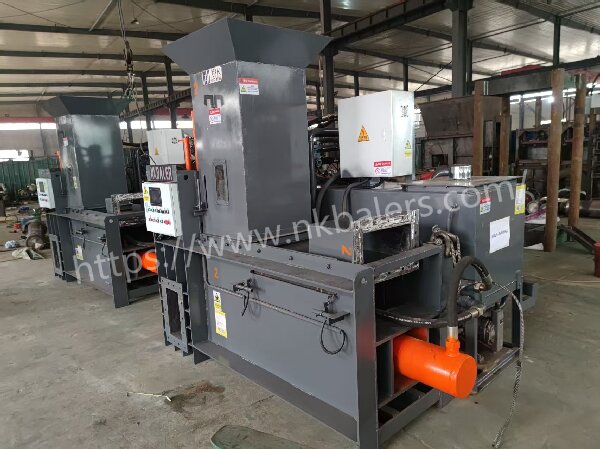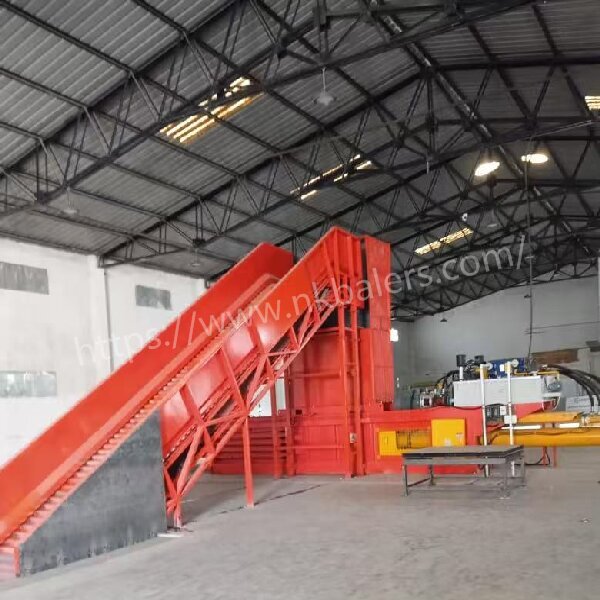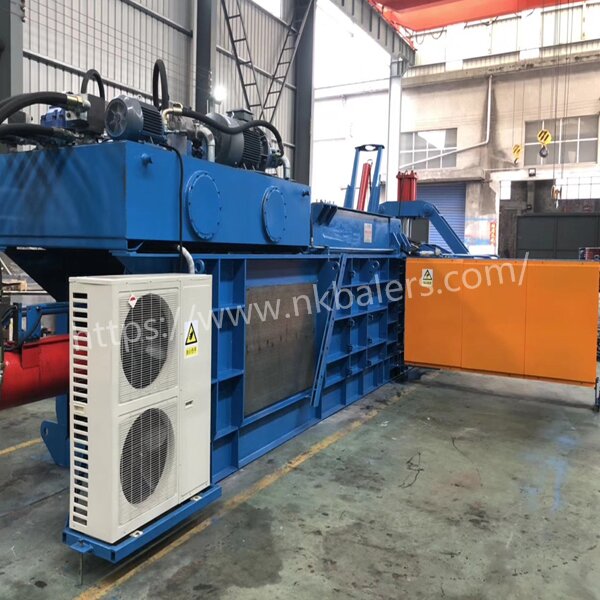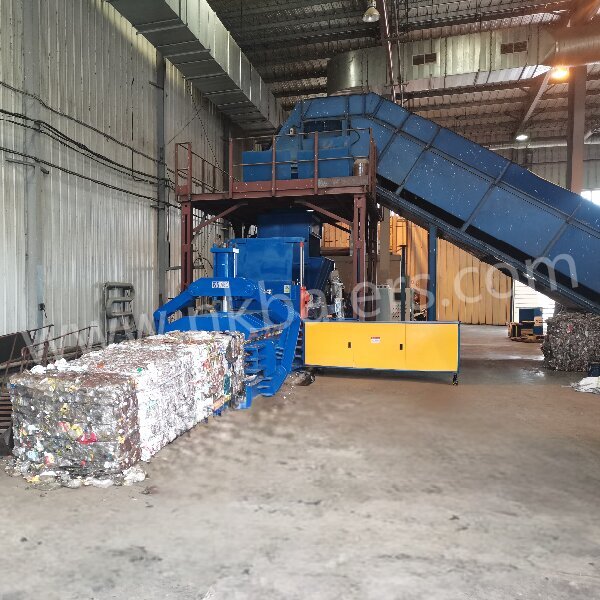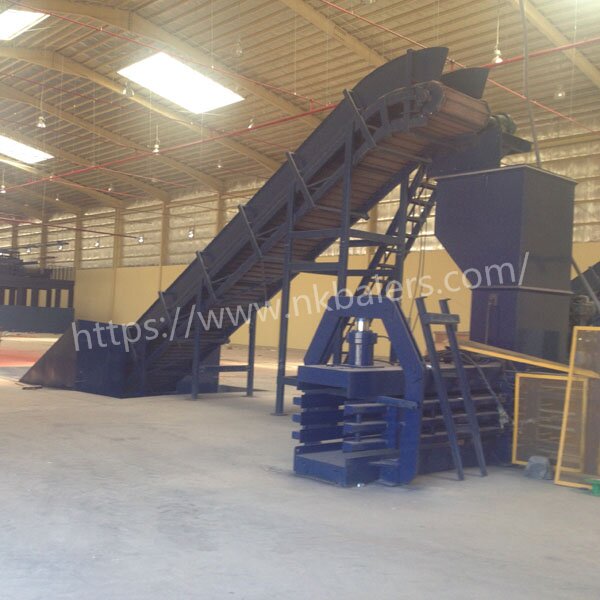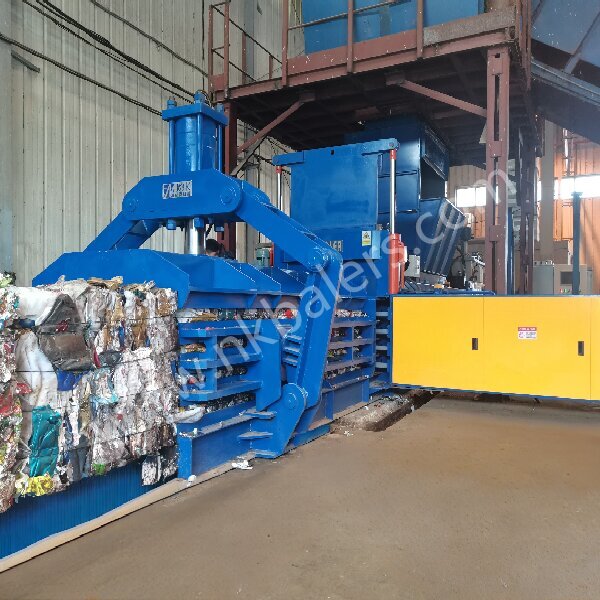Small Grass Baler is one of the most powerful productivity tools on a farm, but it also carries significant safety risks. Its interior is filled with high-speed moving parts, intense pressure, and sharp edges. Any negligence could result in serious, even fatal, injuries.
Therefore, internalizing safety awareness and practicing safe operation are essential for every operator and their family. So, what safety guidelines should we keep in mind when operating a Small Grass Baler?
The first and absolute rule is: “Never approach or touch any moving parts while the machine is running!” This is especially true when a blockage occurs, which is the most dangerous moment. No matter how urgent the situation, always completely shut off the tractor power and ensure that all moving parts have stopped before clearing the hay baler.
Attempting to remove a blockage with hands or tools while the machine is running is the most common cause of severed fingers and arms. Second, strictly follow the “Pre-operation Inspection” procedure. Before starting, walk around the machine to ensure that all guards are in place and secure.
These guards are designed to protect you from flying debris, rotating belts, and chains. Never remove them for convenience or to dissipate heat. Also, inspect the work area, ensuring that children and pets are kept away. Third, pay attention to fire safety.
The friction between dry hay and a moving machine generates heat or sparks, which can easily cause a fire. Regularly cleaning the machine of accumulated grass clippings and dust, inspecting electrical wiring for aging and damage, and carrying a working fire extinguisher are fundamental fire prevention measures.
Fourth, when transporting the baler, ensure it is in a safe transport condition, with the pickup stowed, all moving parts locked, and clearly marked “Slow Vehicle.” Lights must be on during nighttime transport. Last but not least, read and understand the operator’s manual.
The manufacturer’s manual not only explains how to operate the machine but also details all potential hazards and the correct responses. Be sure to take the time to study it carefully and ensure that anyone who may operate the equipment receives adequate safety training. Remember, when it comes to safety, there are no second chances. A lucky chance may lead to lifelong regret.
Nick Baler’s bagging machines offer a high-efficiency solution for compressing, bagging, and sealing lightweight, loose materials, including agricultural waste, sawdust, wood shavings, textiles, fibers, wipers, and biomass waste. By converting loose materials into compact, easy-to-handle bags, these machines ensure efficient storage, improved cleanliness, and minimized material loss.
Whether you’re in the livestock bedding industry, textile recycling, agricultural processing, or biomass fuel production, Nick Baler’s advanced bagging balers help streamline operations by reducing waste volume and improving material handling. With over 20 years of experience, we deliver customized solutions that enhance efficiency, durability, and automation in material packaging.
Nick machinery bagging machines are mainly used for packaging wood chips, sawdust, straw, paper scraps, rice husks, rice sugar, cotton seeds, rags, peanut shells, cotton fibers and other similar loose fibers.
https://www.nkbaler.com
Email:Sales@nkbaler.com
WhatsApp:+86 15021631102
